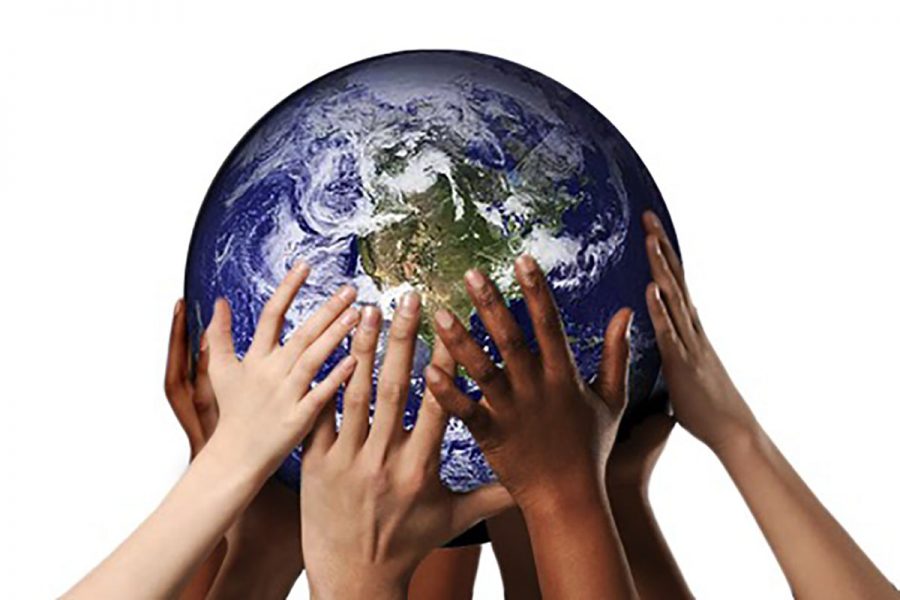Embrace the Gray Space
A New Way of Thinking
More stories from Kelsey O'Connor
Photo by submitted
Categories have created space between the people of America.
The year is 2017. Our world has developed advanced technology, medicine and scientific equations. Great structures have been engineered, men have stepped foot on the moon and people have explored nearly every corner of the earth. The human race has progressed in so many ways, except one; the way we view the people around us.
America has created a culture with a “black and white” way of thinking. When a teacher hands a student a test, there is only one right answer.
People choose to belong to one political party that aligns with the way they feel. Americans either agree or disagree with the viewpoint of their neighbors.
There is no wiggle room or space for left over to understand the other’s point of view. It is only natural for people to want structure in their life and to categorize things, but it is not healthy for our society.
In the class CJ 317 Diversity & Communication: Organizational & Media Contexts, professor Peter Brinson introduced me to the theory of intersectionality. Intersectionality is the idea that a person is made up of many different categories or privileges.
For example, I am a white female from a middle class family. Where all of those things intersect is where you find who I am as a person and the privileges that I have. Of course there are an infinite amount of categories that can be used to define a person, but will any number ever be enough?
Let me be clear, my argument is not that intersectionality is a good thing or a bad thing. It’s probably a rather accurate way to determine the advantages or disadvantages that a person will encounter in their life. But why try to shove people into categories at all?
Every government document, form for school and survey has questions about a person’s race. The more these questions are asked, the more they matter.
It’s like taking a sharpie and drawing a line between each race. Every time the question is asked, the line gets a little bit wider, bolder, more noticeable. While this line continues to grow, so too does the space between us. As the distance grows, misunderstanding does as well.
These categories are also not enough to understand a person. Regardless of age, sex, income or race, people can experience terrible or wonderful events that can put them ahead or behind in life. The quantity of categories will never be sufficient enough to truly define a person.
A human isn’t a math equation. You cannot view a human in a “black and white”, “right or wrong”, “good or bad” fashion. Humans are the gray space where there are so many unknown factors. They are a complex being made up from their parent’s DNA, life experiences, struggles, accomplishments and so much more.
The idea of using general categories to attempt to understand my life and the struggles I have faced almost offends me. Every person is unique, with different strengths, weaknesses, and beautiful characteristics. We are much more complicated than intersectionality or any other theory.
According to the Pew Research Center’s website, the Census Bureau is looking at new ways to ask Americans about their race. Rather than getting rid of the questions fully, they are looking at getting rid of the words “race” or “origin” and instead using “categories” to describe people.
“We recognize that race and ethnicity are not quantifiable values,” the Census Bureau said in a 2013 report. “Rather, identity is a complex mix of one’s family and social environment, historical or socio-political constructs, personal experience, context, and many other immeasurable factors.”
People are more than one specific label. They are complex and unique individuals. America has the advantage of many different unique ways to view or tackle a problem. It’s time to drop the labels and categories to instead, embrace the gray space.

